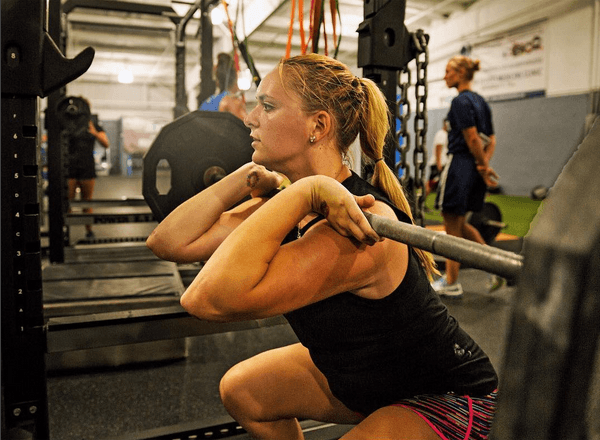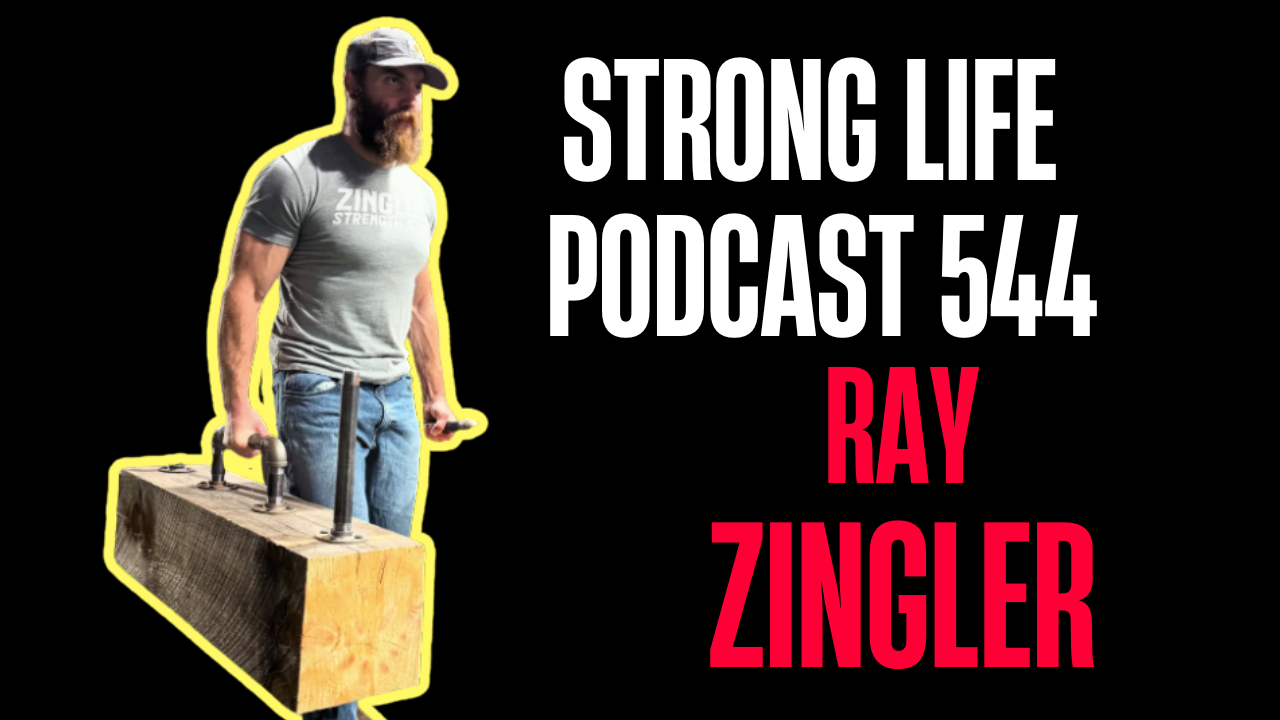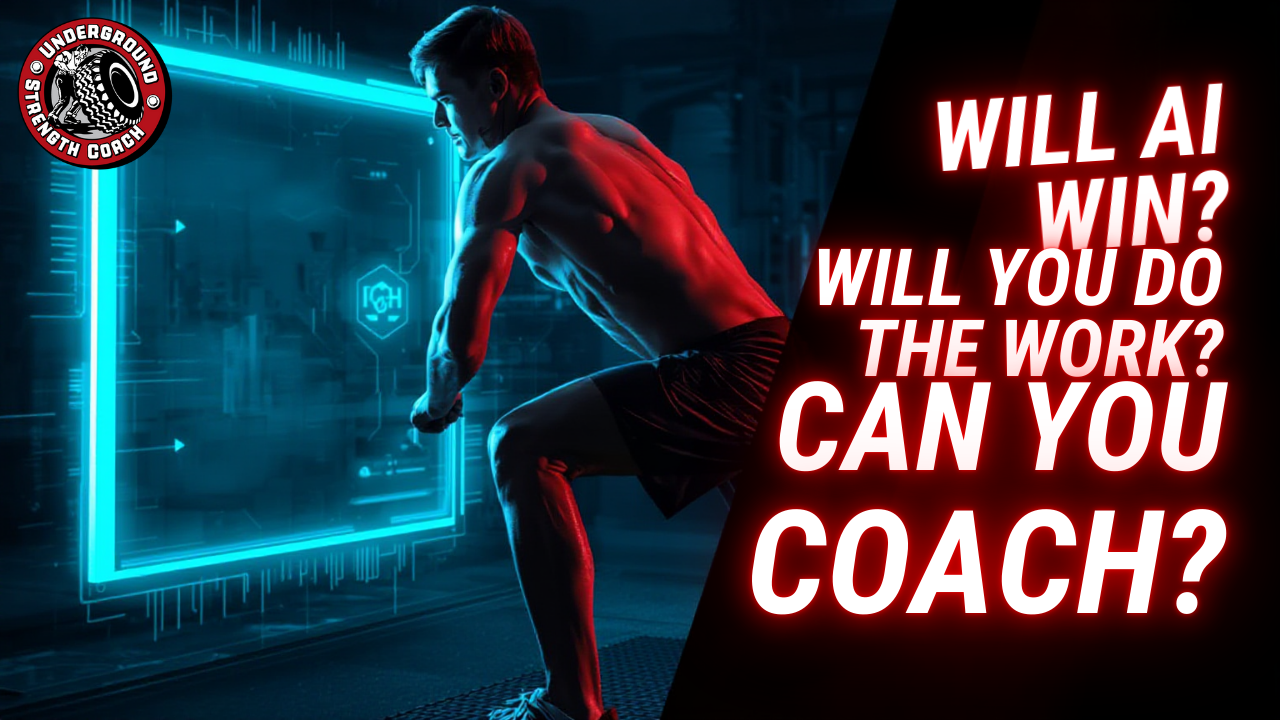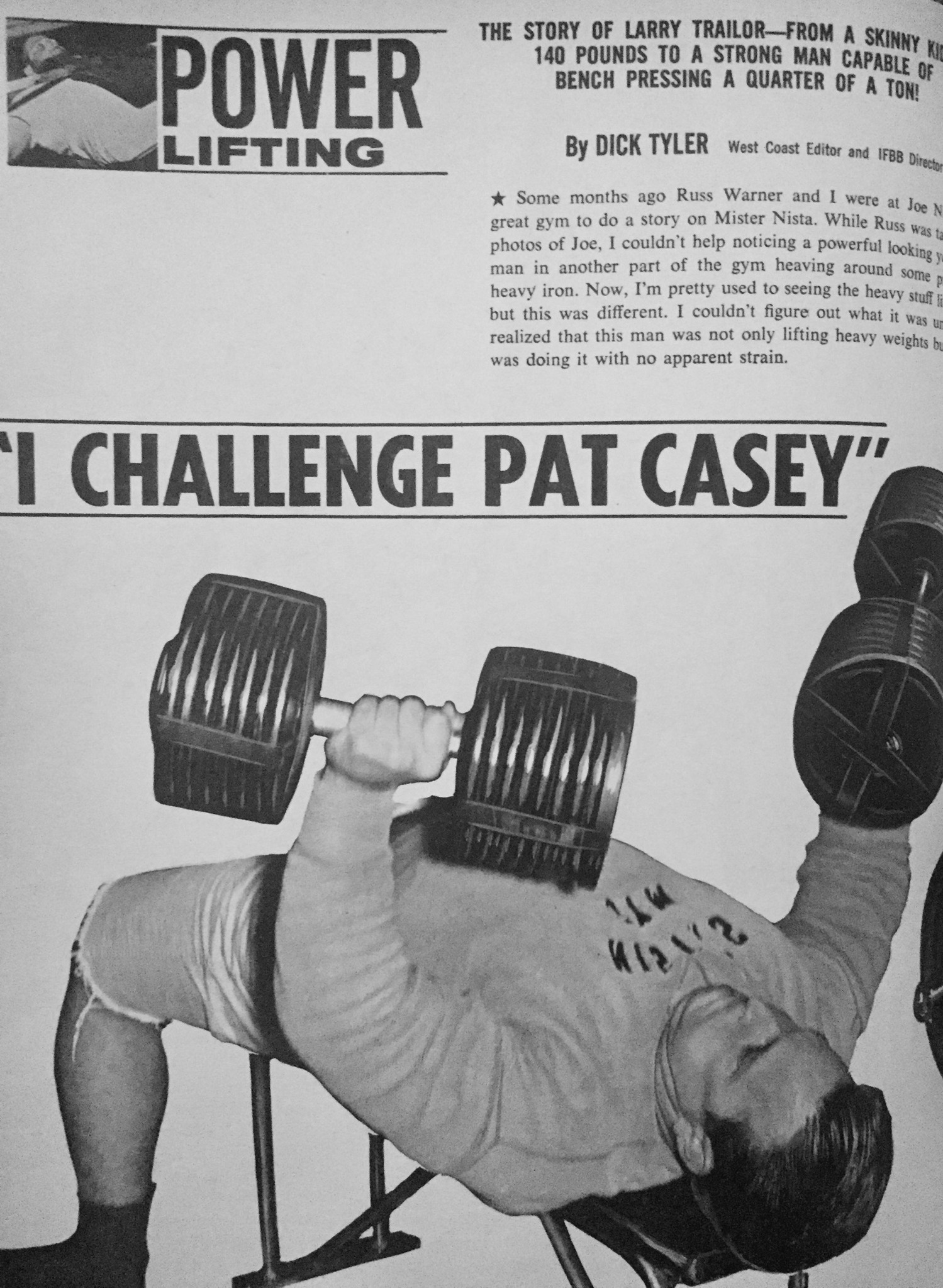It was The Fall of 2008 (College Football Season) when I met Adam Feit, who was an intern Strength Coach with Joe "House" Kenn at Louisville.
If you've been following me for a while, it was 1 of the earliest "Underground Strength Shows" and I called out "sick" that day from teaching to film and learn from House and his crew at Louisville.
Today, Adam is a partner in a NJ gym where their gym is 90% female athletes!
As a father of a girl and seeing the tremendous increase of injuries that female athletes are experiencing today vs 8 years ago when we met, I asked to put together 5 crucial tips for training female athletes.
Adam has just released The Complete Guide to Training The Female Athlete HERE.
Check out these tips if you're a Coach or Parent of female athletes.
My Five E’s when working with today’s female athlete:
- Emphasize how much you care
If you’re in the field of strength and conditioning, you’ve certainly heard the old adage of “Nobody cares how much you know, until they know how much they care”. And when working with youth female athletes, this statement outweighs any periodization scheme and programming template they could care to learn about. It’s not about bigger bench presses or AMRAP circuits.
It’s about giving your very best and showing them that you truly love, serve and care for them. Jon Gordon’s book “The Carpenter” has been a major influence on our coaching styles and practices here at RYPT. I highly suggest you check it out if you work with any type of athlete, especially in the private sector.
- Educate them about how and why strength training will help them
Most youth female athletes have never trained before. They’ve either been pushed out of their high school weight rooms by the football team, never got off the cardio machines at the commercial club or quite simply, never thought about how training would help their athletic performance.
Many athletes (and their parents) won’t blink an eye about spending another $500-$1000 on another travel team or invitational showcase. But getting them to work out in preparation for those teams and showcases? That’s a different story.
With an emphasis on speed, agility and conditioning (especially with sport coaches), the foundational element of strength is missing and what sets us up for injury and failure. Don’t believe me? Ask Dr. Avery Feigenbaum, who just spoke on this very topic at the NSCA MidAtlantic Regional Conference this past weekend.
Today’s youth, especially our females, are suffering from a epidemic of a strength deficit!
Strength training can get athletes to jump higher, go longer and run faster (among many other things). Educate your female athletes and parents about the benefits of strength training and be sure to make it specific to their sport. Remember, some people still think strength training makes you muscle bound and will cause you to grow a mustache…
- Eliminate stereotypes, biases and stigmas
It’s unfortunate, but we live in a world of “he says, she says”. And since youth athletes are under the influence of coaches, mentors and social circles, what we say and how we say it carries a lot of weight. Despite research and advancements, many females still shy away from strength training and opt for more “running.” Do your part in educating your parents and athletes. Get them to understand why training the female athlete is different.
(Side note: My wife Mary Kate, a former Division I soccer player and college strength and conditioning coach, wrote a great article for our parents here: What you need to know about your athletic daughter) http://www.igotrypt.com/news/
- Equip them with the right training methods to maximize results
All athletes need to squat, bend, push, pull, rotate, flex, extend, jump, and sprint.
But females have to deal with a few things that their male counterparts don’t have to worry so much about. Things like quadriceps dominance, anterior pelvic tilt, more lax ligaments, and wider Q angles.
Because of that, an emphasis on the posterior chain (glutes, hamstrings and lower back) has to be at the paramount of our focus for teaching deceleration and force absorption.
Here’s just a snapshot of what we do at RYPT within our sports performance programs:
On day 1, we focus on executing the hip hinge, as it is integral on the Olympic lifts and the basis for any explosive movement including jumps and throws.
- Movements include all types of double and single-legged band, kettlebell, and dumbbell RDLs
On day 2, we focus on leg curl variations, working knee flexion while maintaining active hip extension.
- Movements include all types of slide board and Valslide leg curls, partner glute ham raises and lowers.
On day 3, we focus on active hip extension, with the emphasis on keeping the spine neutral, heels down and pushing the feet through the floor.
- Movements include all variations of band, medicine ball, dumbbell and barbell hip lifts.
With most athletic training and sport practice focusing on the “anterior chain”, we’ve got to make sure we are doing the exact opposite in the weight room as often as possible.
- Empower them to be strong physically, mentally and socially
Two years ago, I spoke about the pressures of being a youth athlete and how coaches are in the driver’s seat of change and impact. You can check that out here: https://www.nsca.com/videos/
Do you remember what it was like to be a kid?
To be bullied? A victim of peer pressure or unrealistic expectations from your parents?
I do.
As strength coaches, we have the responsibility to teach our athletes the value of all types of strength — physical, mental and social. I am a firm believer that the lessons we teach in the weight room are the same lessons our kids will learn (or not learn) in life.
Give up on an exercise. Miss a line. Cheat your reps when no one is looking.
The actions we coach or allow to happen will echo into their personal and professional lives for years to come.
So, if you’re looking for a resource on how to COMPLETELY train today’s female athlete, then consider The Complete Guide to Training the Female Athlete. From warm-ups to wind sprints, we address the 360 degrees of performance needed to improve self esteem, mental strength and physical dominance of female athletes today.




